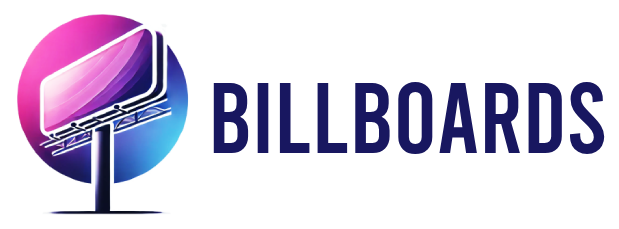In the world of billboard advertising, understanding your audience is everything. Crafting an effective campaign relies on knowing who your viewers are, where they spend their time, and what resonates with them. Audience demographics play a critical role in ensuring that your message reaches the right people at the right time. Let’s explore how to analyze and apply demographic insights to make your billboard campaigns a success.
The Importance of Demographics in Billboard Advertising
Billboards are strategically positioned to capture attention in high-traffic areas, but without the right messaging, even the best placement can fall flat. Audience demographics give you a clear picture of who is likely to see your billboard, allowing you to tailor your design and message to their preferences. Key demographic factors such as age, gender, income, education, and lifestyle habits can significantly influence how your advertisement is perceived and acted upon.
For instance, a billboard for a luxury car brand will likely be more effective if placed near affluent neighborhoods or commuter routes frequented by high-income individuals. Similarly, an ad for a trendy beverage might perform better in urban areas with a younger demographic.
Identifying and Analyzing Your Target Audience
Before launching a billboard campaign, conducting thorough research on your target audience is essential. This involves gathering data from various sources, including market research reports, customer surveys, and social media analytics. The goal is to identify the characteristics and behaviors of the audience you want to reach.
For example, if you’re promoting a family-oriented product, you’ll want to focus on areas with high populations of young families. Look at local census data, community events, and traffic patterns around schools or parks. On the other hand, a campaign for a tech gadget might benefit from placement near tech hubs, universities, or co-working spaces.
Matching Billboards to Audience Lifestyles
Once you understand your audience, you can design billboard campaigns that align with their lifestyles and values. Visual appeal, language, and tone all need to resonate with your target demographic. A minimalist, high-tech design might work for a young, professional crowd, while bold, playful graphics might be more effective for families or children.
Location also matters. Billboards placed along busy highways should have bold, simple messages that can be understood at a glance, while those in pedestrian-heavy areas can include more details, as viewers have more time to take them in.
Real-Time Data and Dynamic Content
Digital billboards have revolutionized how advertisers interact with audience demographics. With real-time data, you can tailor messages to specific times of day, weather conditions, or traffic patterns. For instance, a coffee shop can advertise hot drinks during the morning rush hour and switch to iced beverages in the afternoon.
Dynamic content also allows advertisers to respond to audience trends and preferences instantly. This adaptability ensures that your billboard remains relevant and engaging to your target demographic.
Case Study: Successful Use of Demographics in Billboard Advertising
A well-known example of successful demographic targeting is a campaign by a global sportswear brand. By analyzing traffic data and local demographics, the brand placed billboards near gyms, running tracks, and fitness centers. The ads featured motivational messages and high-energy visuals designed to appeal to fitness enthusiasts. The result was a significant increase in brand engagement and sales in those areas.
Another example comes from a food delivery service that used digital billboards in urban areas. By tracking peak dining times and neighborhood preferences, they displayed tailored ads, such as promoting pizza in college areas and vegan options in health-conscious neighborhoods. This strategy boosted both app downloads and order volume.
Measuring the Effectiveness of Demographic Targeting
Understanding audience demographics is only the first step. To maximize the impact of your billboard campaign, it’s essential to measure its effectiveness. Use tools like customer feedback, website analytics, and sales data to evaluate whether your campaign is reaching the intended audience.
For example, you can track whether a spike in sales correlates with your billboard’s launch or monitor website traffic from areas near your billboard. This data will help refine future campaigns and ensure that your advertising dollars are well spent.
Conclusion
Audience demographics are the foundation of any successful billboard advertising campaign. By understanding who your audience is, where they are located, and what motivates them, you can craft messages that resonate and drive action. When combined with strategic placement and innovative design, demographic insights ensure that your billboards not only capture attention but also deliver measurable results.
Investing in understanding your audience is not just a smart advertising strategy—it’s the key to maximizing the impact of your billboard campaigns.


Leave a Reply